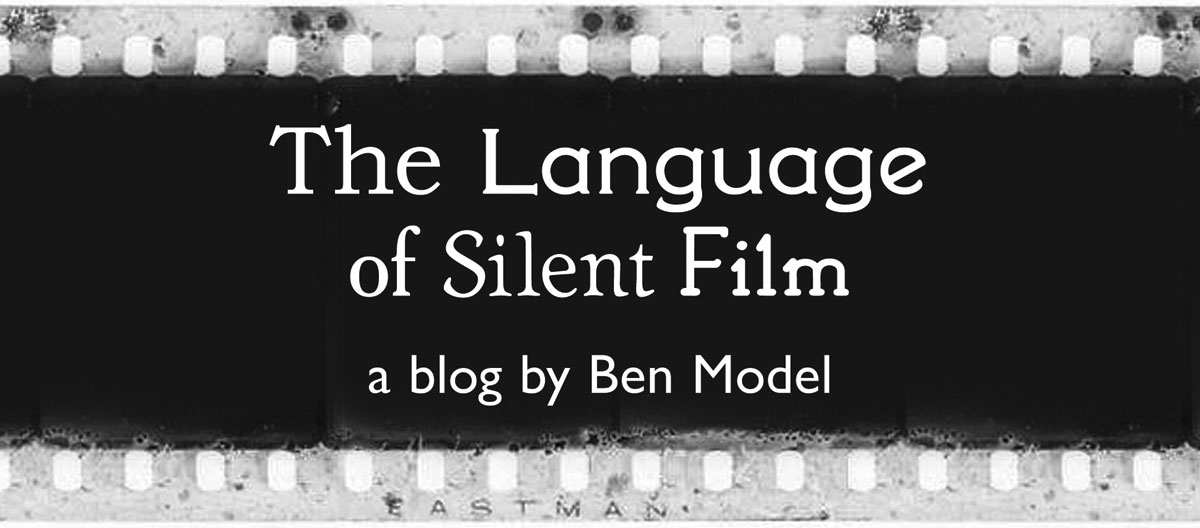Once I discovered or realized this notion that people making silent comedies, and Silent Film in general, were aware of the difference between “taking” and projection speeds, I became fascinated with pulling back the curtain to see what this looked like. This is what became the basis for the “undercranking” videos I began making and posting to YouTube.
I also wanted to try experimenting with the filmmaking-for-speed-up process itself. Luckily, I knew some clowns.
There is a thriving circus, clown and variety arts community here in NYC, and over the years I’d gotten to connect and become friends some of these creators and performers. Many of them are silent comedy film fans who came to shows I did, and because of my own interest in the physical “how” of making silent comedy I gravitated to performances of groups like the New York Goofs, Parallel Exit, the NY Downtown Clown Revue, et al.
What came out of some of these first experiments was further proof that my theories were right. I’d get together with a couple of my clown friends somewhere, and they’d concoct some very basic physical routine. All the while, I’d “film” this on my MacBook in iMovie, capturing it via a digital 8mm camcorder (this was at least 10 years ago – I use something else now), and then we’d play the footage back. Slightly sped up. Not 2x speed, but approximating the 1.3–1.5x speed-up I’d seen in silent comedies.
What we’d see in the first take would initially look like footage running faster than normal. We’d come up with adjustments to the physical tempos, and also insert very slight pauses into the movements, then take the scene again. We’d watch it again, sped up maybe 50%. It got better and better, and then after about 6 or 7 takes, something amazing happened.
What we’d done looked like a Silent Film did.
The footage was sped up 50% but everything could be read and decoded as it would have been had the business been done in real time and without the adjustments. It was magic. Sort of like the Jerry Lewis video-tap but with the trial-and-error of the speed-up everyone was dealing with in the 1910s built in.
One of my clown friends said something about the process and what his movement and performance during that 7th “magic” take felt like that answered another question, one I hadn’t thought to consider. But it made complete sense. He said that the way he’d performed and moved and made adjustments in that last take felt just like it did when performing in a very large theater or circus. Where your movements really had to read for people who were far away from you.
What this made me consider was the fact that everyone in silent movies had come from the theater. And were used to this kind of physicality, one that would have to work in a theater that seated several hundred or a few thousand people. So, when this idea of adjusting movements in front of a moving picture camera to compensate for the speed-up that was happening in movie theaters was hatched, the physicality didn’t have to be invented. It was already in everyones’ bones and muscle memory.
When this realization happened can’t necessarily be pinpointed, nor can its being spread amongst the filmmaking and acting community, but a bit of evidence of this from the early ‘teens has recently come to light, courtesy of a star of dramas for the Vitagraph.
More on this in my next post.
- My undercranking deconstructions on YouTube are here.
- Info on the New York Goofs, and on their “Laughter League” hospital clown work
- website for the Parallel Exit physical comedy theatre company
The first post in this series is here.
The previous post (#47) to this one is here.
The next post (#49) to this one is here.
